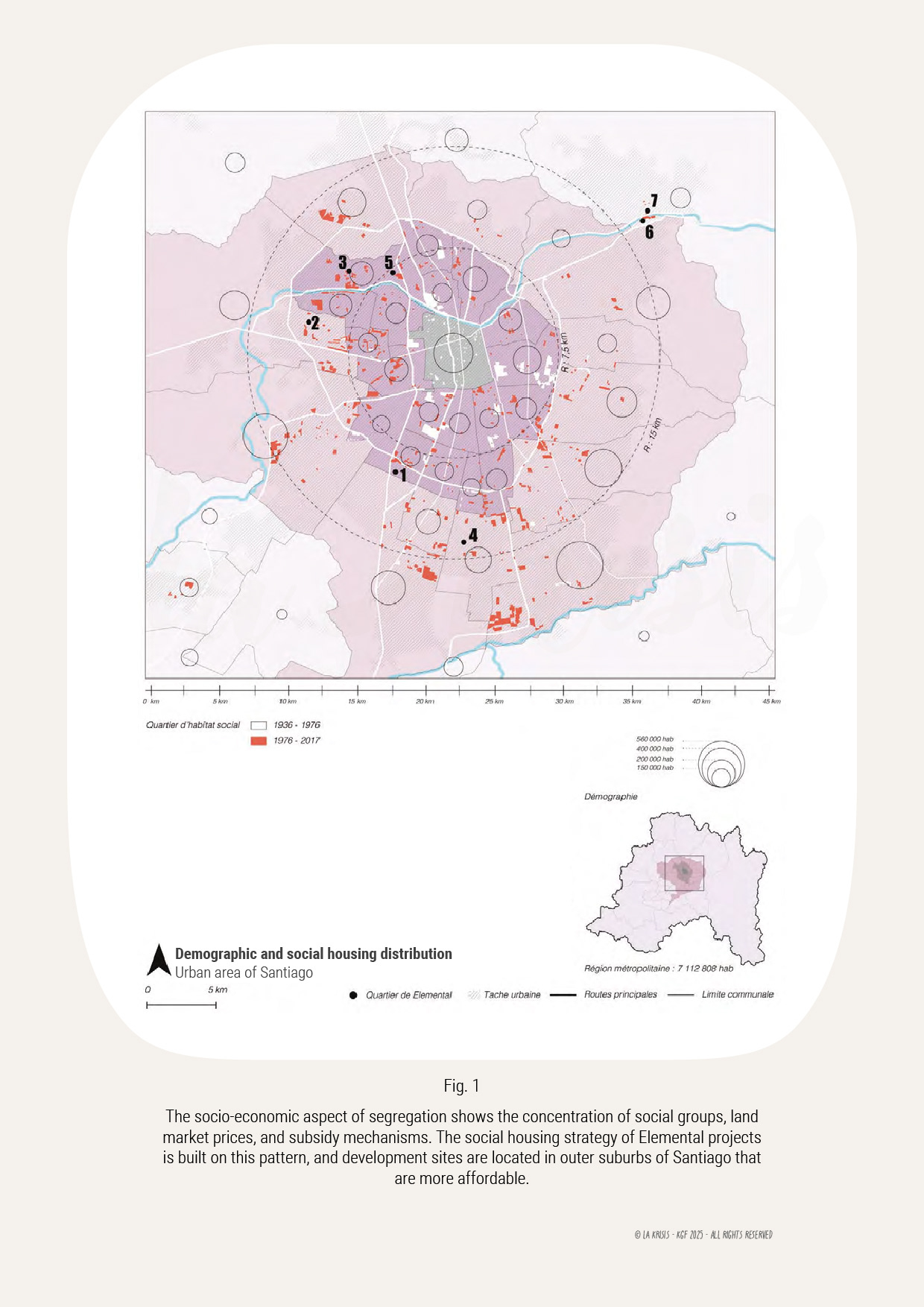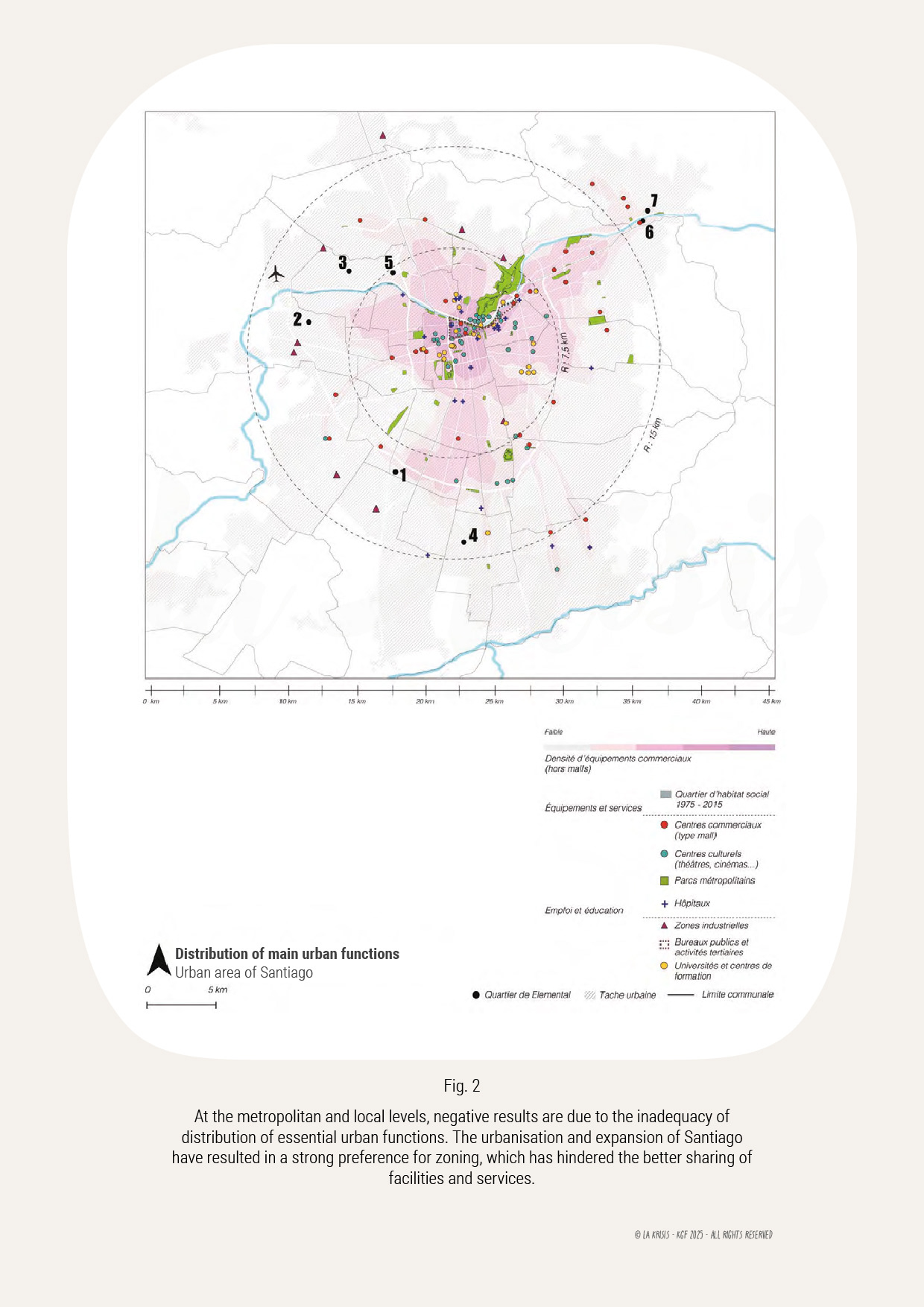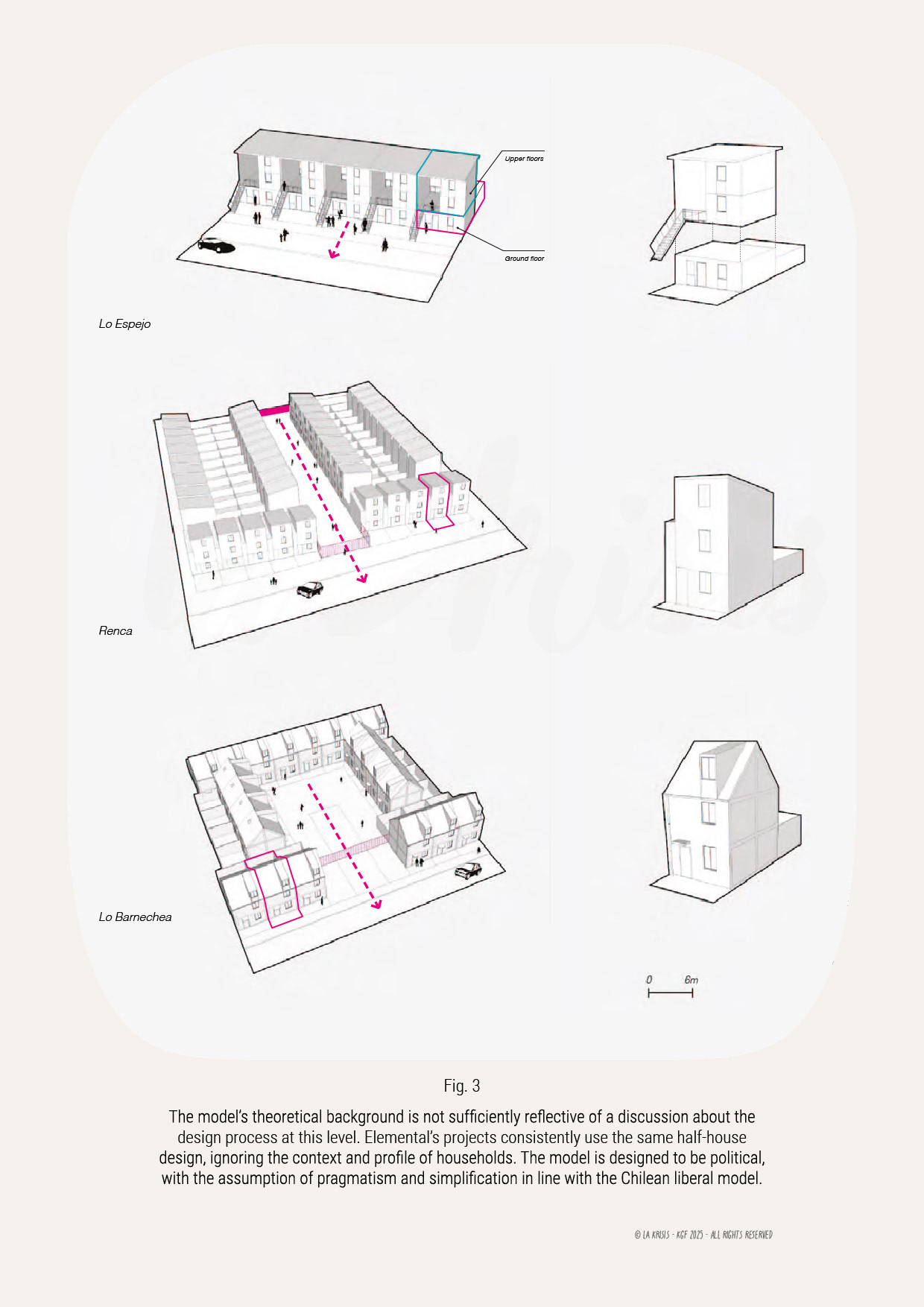Weaving Graphic Narratives & Space Syntax into the Fabric of Future Urban Design
The Bartlett School of Architecture
University College London
(Work in progress)
University College London
(Work in progress)
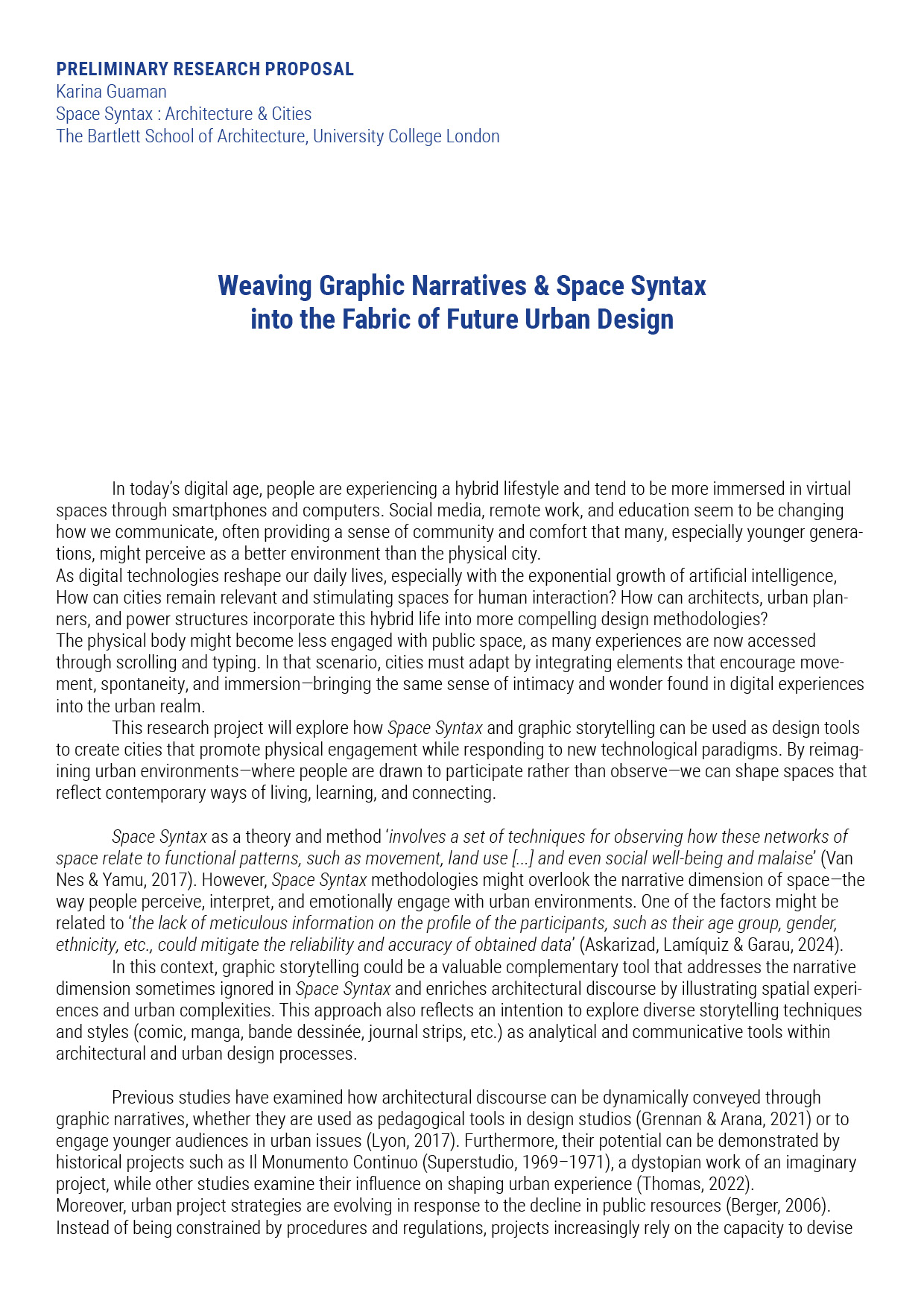
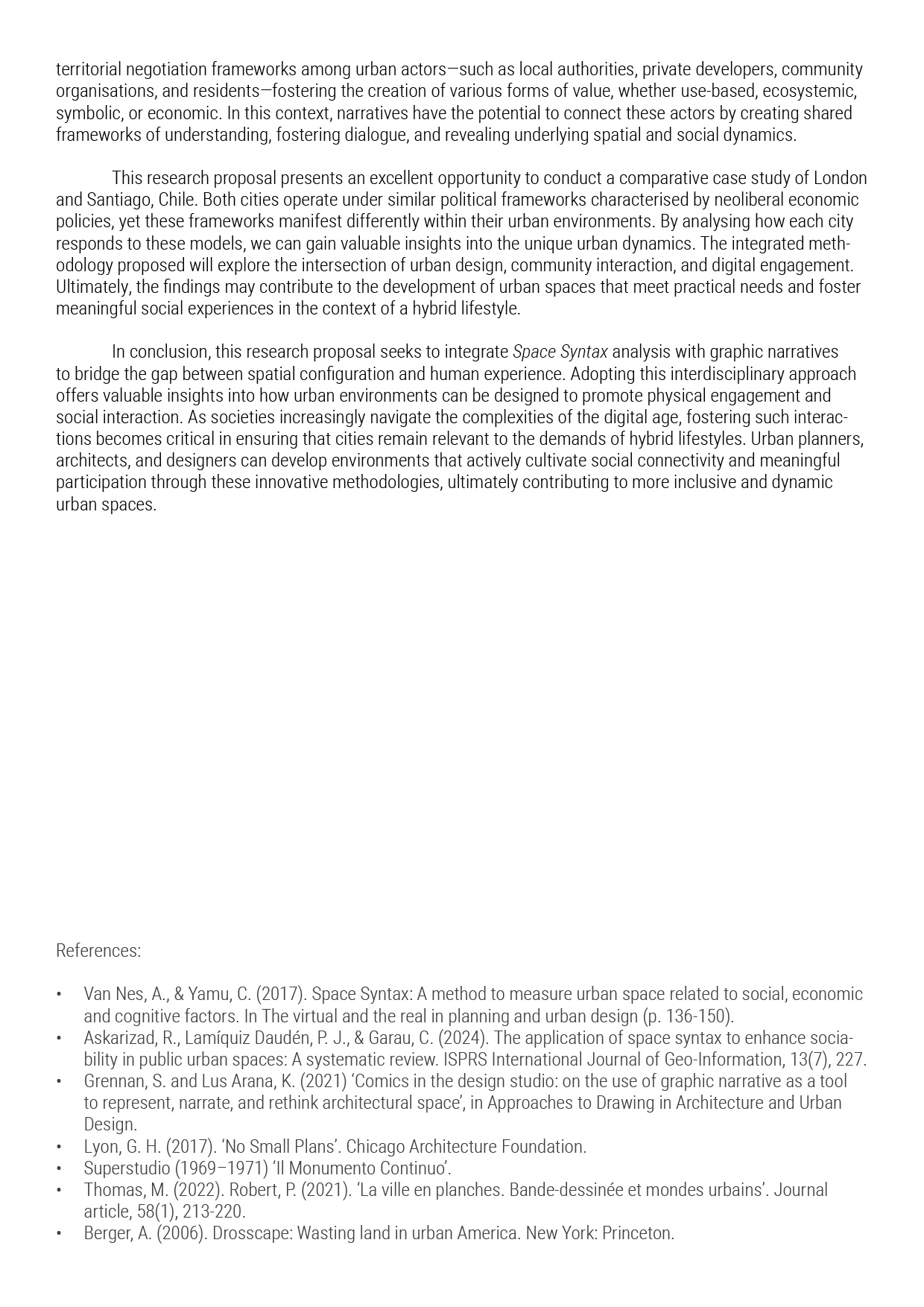
Socio-Spatial Segregation Linked to the Production of Social Housing
École Nationale Superieure d’Architecture de Paris Belleville
Case of study : Santiago, Chile (go to mémoire)
Tutor : André Lortie
Case of study : Santiago, Chile (go to mémoire)
Tutor : André Lortie
In 2016, Alejandro Aravena, winner of the Pritzker Prize, emphasized the importance of ‘incremental’ housing as a solution to the challenges of social housing production in Chile.
The history of Latin American cities has been marked by significant segregation. What are the specific characteristics of residential segregation and how does social discrimination manifest? To uncover the origins of socio-spatial segregation in the urban area of Santiago, it’s essential to ask these crucial questions to gain a more thorough understanding of the origin of our case study: Elemental’s incremental housing- a repetitive architecture of half-houses that families can expand by self-building additional rooms.
According to this thesis, the segregation dynamics are influenced by incremental social housing in three interconnected dimensions that can be observed at different scales, from the metropolis to neighbourhoods and individual buildings. The socio-economic dimension is the primary factor that determines how social housing is produced today (fig. 1). The second factor, which applies to both metropolitan and local housing, is how this type of dwelling interacts with vital urban functions like mobility, amenities, and centrality (fig. 2). Finally, the importance of architectural and urban design is analysed, specifically through a typo-morphological examination of housing in both neighbourhood and building contexts (fig. 3).
In conclusion, the location and mass concentration of popular housing in a metropolis like Santiago are determined by the socio-economic conditions that govern its production. Once these homes are extended through self-built additions by their residents, they enter a cycle of stigmatization and devaluation (pic. 4).
* Alejandro Aravena is also a Pritzker Prize winner and was curator of the Biennale Architettura in 2016.
